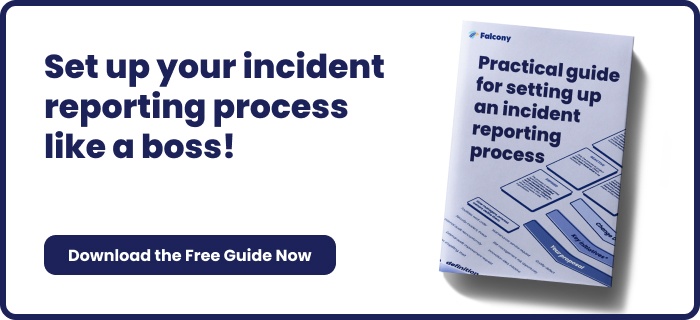7 Typical Quality Problems in Agriculture and Farming
In the business setting of agriculture and farming, ensuring high-quality produce and products is essential for maintaining consumer satisfaction and competitiveness in the market.
However, various factors can contribute to quality problems and issues along the production and supply chain. Identifying and addressing these common quality issues is crucial for enhancing product quality, meeting regulatory standards, and sustaining business success. Here are seven prevalent quality issues encountered in the agricultural and farming industry:
Contamination
Contamination of agricultural products can occur at various stages, from production to distribution. Sources of contamination may include pesticides, pathogens, heavy metals, or foreign objects. Implementing rigorous quality control measures, adhering to Good Agricultural Practices (GAP), and maintaining proper hygiene standards can help mitigate contamination risks.
Pest and Disease Infestation
Pest and disease infestations pose significant threats to crop yields and quality. Common pests and diseases in agriculture include insects, fungi, bacteria, and viruses. Integrated Pest Management (IPM) strategies, crop rotation, and timely application of pesticides or biological control agents are essential for managing pest and disease outbreaks effectively.
Poor Harvesting Practices
Improper harvesting practices can lead to quality deterioration and product damage. Issues such as premature harvesting, rough handling, or inadequate storage conditions can affect the appearance, flavor, and shelf life of agricultural products. Providing training to harvest workers, using appropriate harvesting equipment, and implementing post-harvest handling protocols can help minimize quality losses.
Inconsistent Sizing and Grading
Inconsistent sizing and grading of agricultural products can result in market rejection or decreased consumer satisfaction. Variations in product size, shape, color, or texture may indicate inadequate quality control measures or lack of standardization. Establishing clear size and grade specifications, conducting regular inspections, and sorting products accordingly can ensure uniformity and consistency in quality.
Environmental Factors
Environmental factors such as weather fluctuations, soil conditions, and water quality can impact crop growth and quality. Extreme temperatures, drought, flooding, or soil contamination can lead to stunted growth, nutrient deficiencies, or poor fruit development. Implementing soil and water management practices, utilizing weather forecasting tools, and adopting climate-resilient crop varieties can mitigate the effects of environmental stressors on product quality.
Post-Harvest Handling Issues
Improper post-harvest handling practices, including inadequate storage, temperature control, or ventilation, can accelerate product deterioration and spoilage. Quality issues such as mold growth, wilting, or flavor loss may arise during transportation, storage, or processing. Investing in proper post-harvest infrastructure, such as cold storage facilities or packaging materials, and adhering to recommended handling guidelines can extend product shelf life and maintain quality.
Supply Chain Management Challenges
Complex supply chains in agriculture pose challenges related to traceability, transparency, and quality assurance. Issues such as product adulteration, mislabeling, or cross-contamination can compromise product integrity and consumer trust. Implementing traceability systems, conducting supplier audits, and establishing quality assurance protocols throughout the supply chain can help mitigate risks and ensure product quality and safety.
Market Demand and Consumer Preferences
Meeting evolving market demand and consumer preferences requires continuous adaptation and innovation in agricultural practices and product offerings. Quality issues may arise when products fail to meet consumer expectations regarding taste, appearance, or nutritional value. Conducting market research, engaging with consumers, and incorporating feedback into production practices can help align product quality with market demands.
Final thoughts
By addressing these common quality issues proactively, agricultural and farming enterprises can enhance product quality, maintain market competitiveness, and build consumer trust and loyalty.
We are building the world's first operational involvement platform. Our mission is to make the process of finding, sharing, fixing and learning from issues and observations as easy as thinking about them and as rewarding as being remembered for them.
By doing this, we are making work more meaningful for all parties involved.
More information at falcony.io.

Related posts
7 Common Loss Prevention Risks in Automotive and Vehicle Manufacturing
Loss prevention is a critical aspect of automotive and vehicle manufacturing, aiming to...
9 Most Typical Quality Issues in Automotive and Vehicle Manufacturing
Quality issues in automotive and vehicle manufacturing can lead to product defects, customer...
Comprehending 9 Common Quality Issues in Chemical Industry
Ensuring product quality and consistency poses significant challenges due to the complex nature of...





